After shock: New York’s Japan Society presents work on the 3/11 tragedy
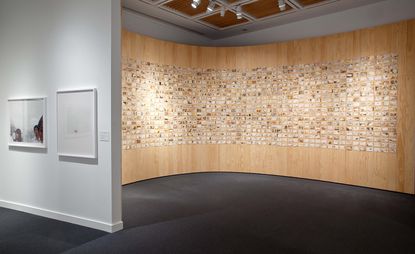
'In the Wake: Japanese Photographers Respond to 3/11’ opens today – Friday, 11 March – at New York’s Japan Society, coinciding with the five-year anniversary of the 2011 earthquake, tsunami, and nuclear power plant failure that struck northeast Japan.
The show was originally on view at MFA Boston in 2015 as a response to the disaster being the most widely photographed in history. ‘After everyone saw the images all over the media, we felt that photography would be an appropriate first stage of communicating the damage, both seen and unseen,’ the museum’s senior curator of Japanese art, Anne Nishimura Morse, says.
For its exhibition, Japan Society reorganised the 90 photographs into three sections: straightforward documentation, technical manipulation to convey a visual language, and post-disaster images of Tōhoku, the epicentre of the devastation.
The works grapple with expressing the visible effects of a natural disaster, such as collapsed buildings and abandoned pets, as well as the invisible, such as nuclear contamination and psychological damage. The exhibition opens with Naoya Hatakeyama’s richly colored, large-scale photographs of his hometown Rikuzentakata, before and after the tsunami hit.
Other series include Munemasa Takahashi’s ‘Lost and Found’ – a collection of 750,000 damaged photographs that Takahashi has attempted to reunite with their owners; and works by Takashi Arai, who made daguerreotypes each day following the disaster and paired them with images of the Hiroshima bombing. The exhibition also features work by Tomoko Yoneda, Keizo Kitajima, Kozo Miyoshi, Lieko Shiga, Yasusuke Ota, Takashi Homma and Ishu Han, among many others (17 in total).
Yoko Ono, who was born and grew up in Tokyo, is installing her acclaimed interactive artwork Wish Tree in the Japan Society’s foyer. ‘In the Wake’ will be on view until 12 June.

Nobuyoshi Araki, a photographer known for his erotic photography, made a significant departure for his series of physically scratched photographs taken in Tokyo on and around 11 March. Many of the photographers in the exhibition shared his frustration of how normal life continued with disregard to the pain and suffering they felt. Pictured: Untitled from the series Diary of a Photo Mad Old Man, by Nobuyoshi Araki
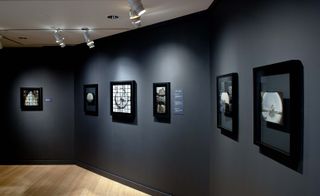
Takashi Arai’s daguerreotypes of the Fukushima disaster are set next to iconic images from the Hiroshima bombing. He made a fragmented image of the pocket watch where the time stopped at 8:15am on 6 August, 1945, the moment the atomic bomb exploded over 70 years ago
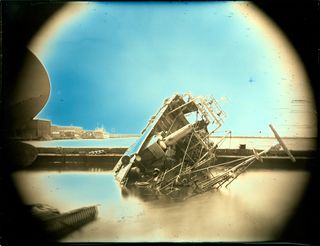
Takashi mixed his daguerreotypes of the damage from the Fukushima disaster with images of Hiroshima in order to connect and cement Japan’s complex history with nuclear disasters. Pictured: April 26, 2011 Onahama, Iwaki City, Fukushima Prefecture, by Arai Takashi, 2011.

Photographs from Munemasa Takahashi’s ‘Lost and Found’ series – 1,330 of them – are on display as a visual expression of the layers and passing of time and memory

Renowned for his photos of modern youth and consumer culture, Takashi Homma turned to nuclear contaminated mushrooms to capture the unseen effects of a nuclear disaster, as well as draw an obvious metaphor with the atomic bombing

Chrysanthemums are a national symbol of Japan – they are on Japanese passports and are considered the flower of the royal family. Tomoko Yoneda took this photo shortly after the disaster. ‘I wanted to show how little things can turn into big things; how something can look pure and innocent, but then maybe it could be something else,’ she says
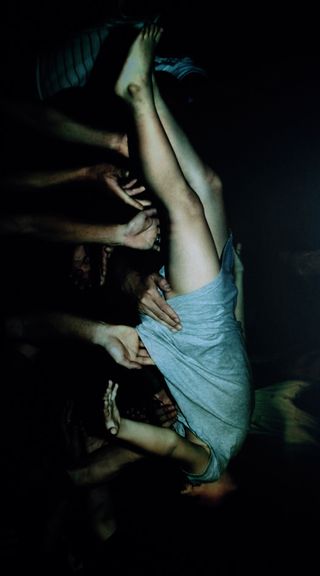
Lieko Shiga is a survivor of the Fukushima disaster and a town photographer in the city of Kitakama in the Tohoku region. 'I am trying to express what I cannot see with my naked eye.... These photographs are about the spirit and the history of what we haven’t recorded,' she says.
INFORMATION
’In the Wake’ is on view until 12 June. For more information, visit the Japan Society’s website
ADDRESS
Japan Society
333 East 47th Street
New York, NY 10017
Wallpaper* Newsletter
Receive our daily digest of inspiration, escapism and design stories from around the world direct to your inbox
-
 Inside Valentino’s glamorous new Sloane Street store, inspired by the art of haute couture
Inside Valentino’s glamorous new Sloane Street store, inspired by the art of haute coutureThe latest in Valentino’s ‘The New Maison’ store concept opens on London’s Sloane Street this week, offering an enveloping marble and carpet-clad space of ‘intimacy and uniqueness’
By Jack Moss Published
-
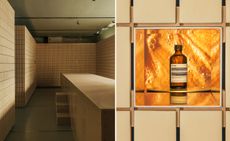 Aesop’s Salone del Mobile 2024 installations in Milan are multisensory experiences
Aesop’s Salone del Mobile 2024 installations in Milan are multisensory experiencesAesop has partnered with Salone del Mobile to launch a series of installations across Milan, tapping into sight, touch, taste, and scent
By Hannah Tindle Published
-
 Dial into the Boring Phone and more smartphone alternatives
Dial into the Boring Phone and more smartphone alternativesFrom the deliberately dull new Boring Phone to Honor’s latest hook-up with Porsche, a host of new devices that do the phone thing slightly differently
By Jonathan Bell Published
-
 Olafur Eliasson inaugurates Azabudai Hills Gallery in Tokyo
Olafur Eliasson inaugurates Azabudai Hills Gallery in TokyoOlafur Eliasson marks launch of Azabudai Hills Gallery, in Tokyo’s major new district, with a show of elemental strength
By Danielle Demetriou Published
-
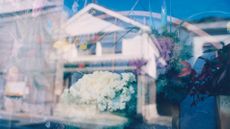 Photographer David Abrahams captures quiet moments in Japan for his new London show
Photographer David Abrahams captures quiet moments in Japan for his new London show‘Kyushu’ is a new show from photographer David Abrahams that documents his trip to a town on the Japanese island
By Mary Cleary Published
-
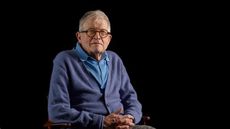 New York photography show sees cultural icons – from David Hockney to Maya Angelou – in unguarded moments
New York photography show sees cultural icons – from David Hockney to Maya Angelou – in unguarded moments‘Face to Face’ at New York’s International Center of Photography (27 January – 1 May 2023) sees cultural icons shot by Tacita Dean, Brigitte Lacombe and Catherine Opie
By Martha Elliott Published
-
 Hiroshi Sugimoto: ‘The deeper I explore Shinto and Buddhist art, the more it reveals the shallowness of contemporary art’
Hiroshi Sugimoto: ‘The deeper I explore Shinto and Buddhist art, the more it reveals the shallowness of contemporary art’‘Hiroshi Sugimoto – The Descent of the Kasuga Spirit’, at the Kasuga-Taisha shrine in Nara, Japan, sees the acclaimed photographer draw on Japan’s spiritual past and present
By Minako Norimatsu Published
-
 Inez & Vinoodh on 35 years of radical photography, being ‘two brains, one person', and judging our Design Awards
Inez & Vinoodh on 35 years of radical photography, being ‘two brains, one person', and judging our Design AwardsDutch photography duo and Wallpaper* Design Awards 2023 judges Inez & Vinoodh discuss image manipulation, design aspirations, and capturing the legendary Julianne Moore
By Harriet Lloyd-Smith Published
-
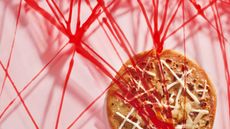 Artist’s Palate: Chiharu Shiota’s recipe for okonomiyaki
Artist’s Palate: Chiharu Shiota’s recipe for okonomiyakiGet tangled up in Chiharu Shiota’s recipe for okonomiyaki, from our January 2023 issue’s Artist’s Palate feature, a Wallpaper* homage to our favourite contemporary art
By TF Chan Published
-
 ‘East Meets West’: artists Samiro Yunoki and Kori Girard unite at Ace Hotel Kyoto
‘East Meets West’: artists Samiro Yunoki and Kori Girard unite at Ace Hotel KyotoArt exhibition, ‘East Meets West’ at Ace Hotel Kyoto marks Japanese artist Samiro Yunoki’s 100th birthday, in dialogue with new works by American artist Kori Girard
By Pei-Ru Keh Last updated
-
 A poignant exploration of the lives of transgender and gender non-conforming older people
A poignant exploration of the lives of transgender and gender non-conforming older peopleTo celebrate Pride Month 2022, we revisit photographer Jess T Dugan’s series of intimate portraits of transgender adults over 50, first explored by Wallpaper* in this 2020 article on the occasion of an exhibition at Minneapolis Institute of Art
By Pei-Ru Keh Last updated